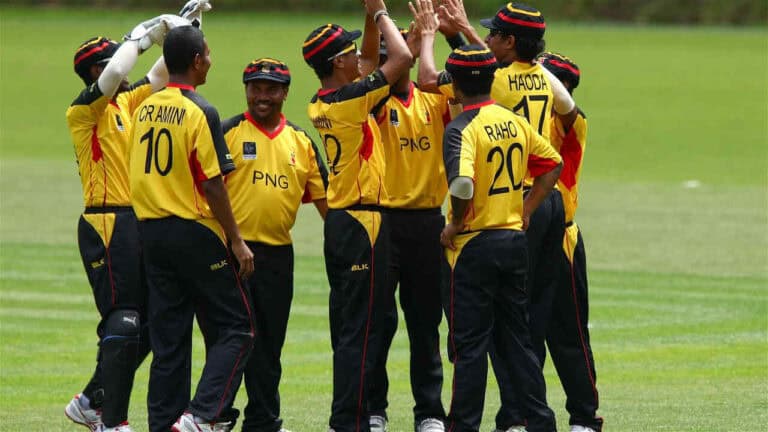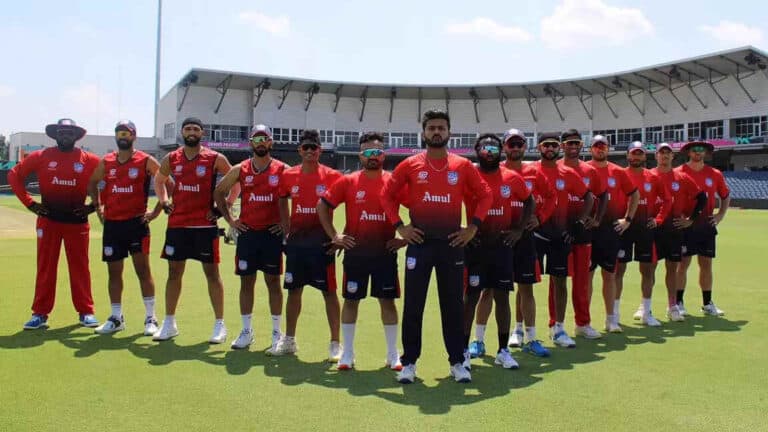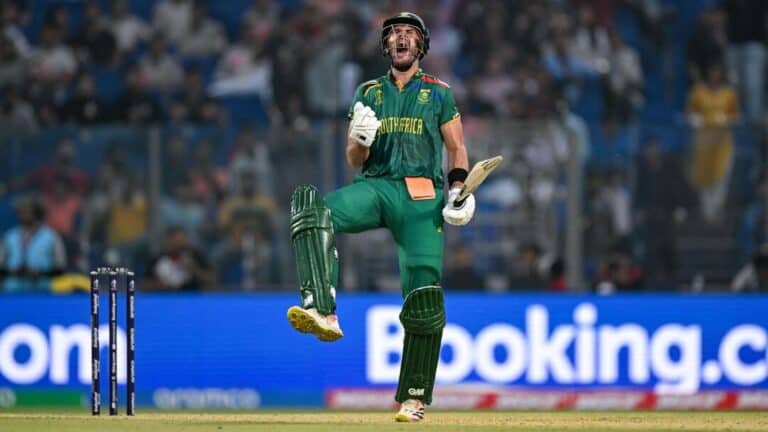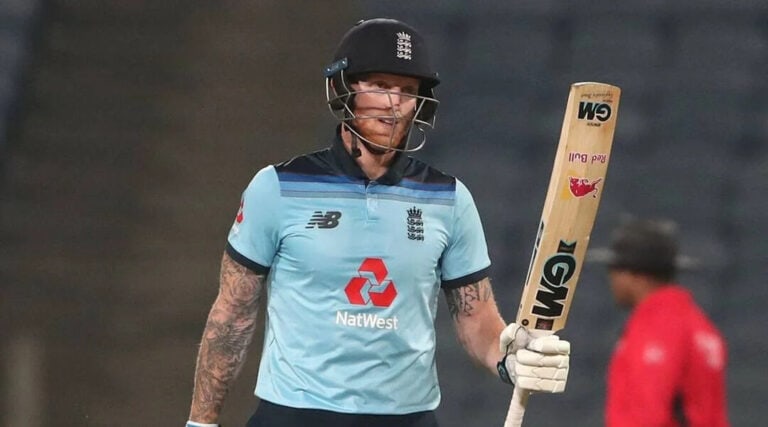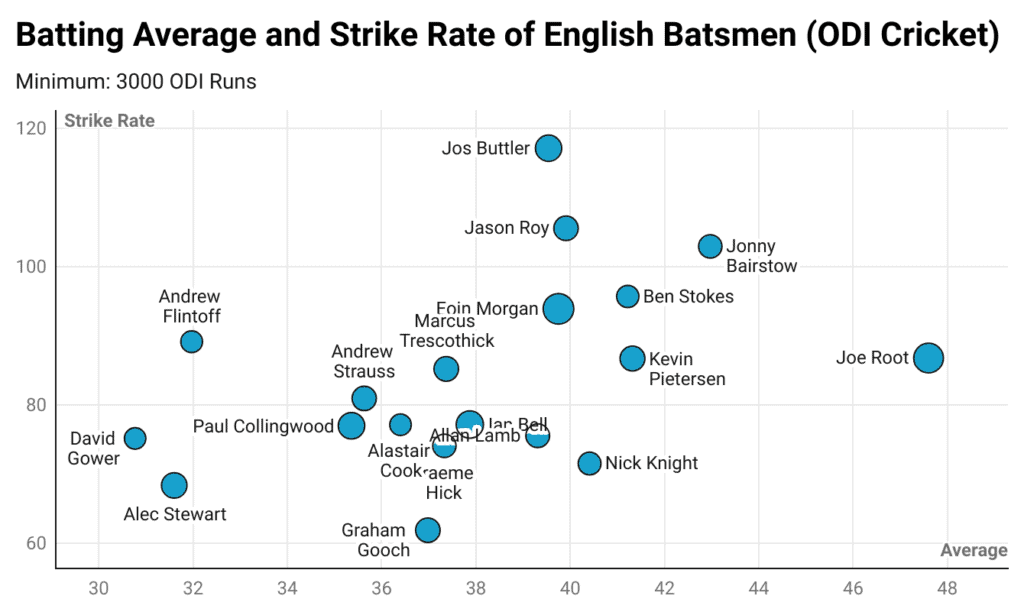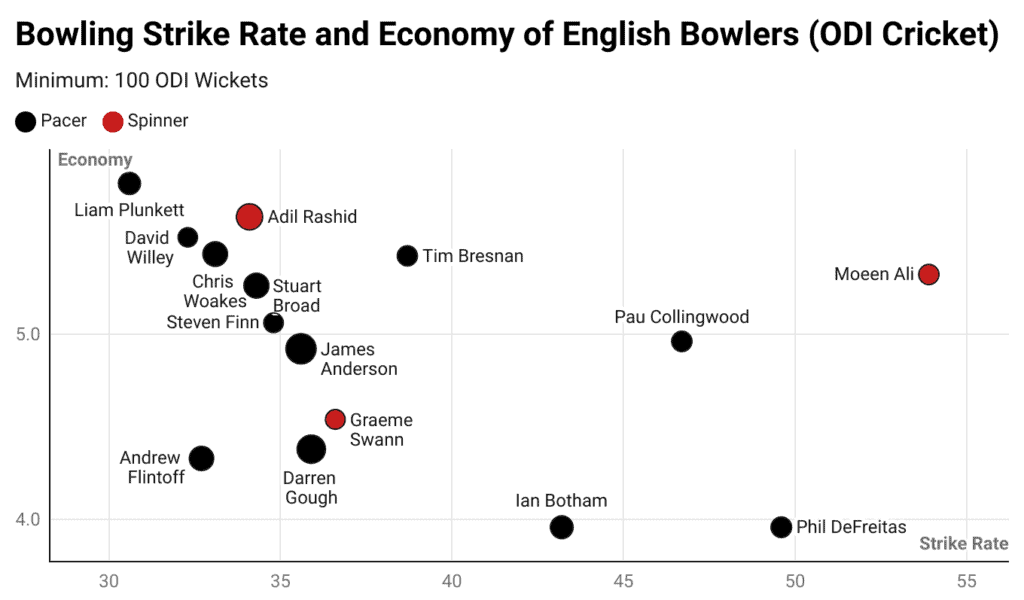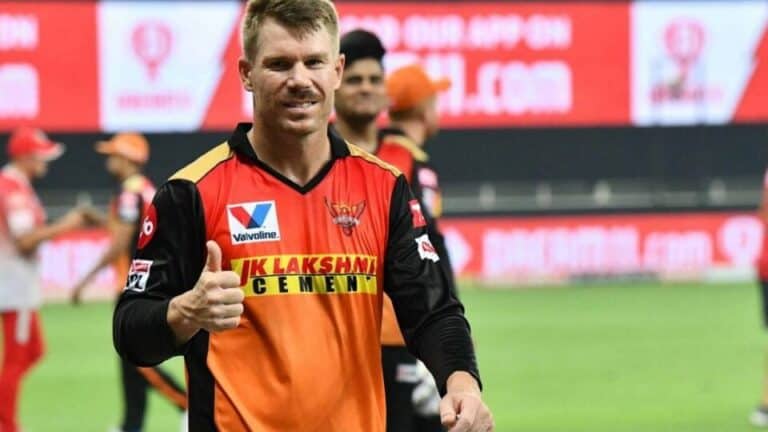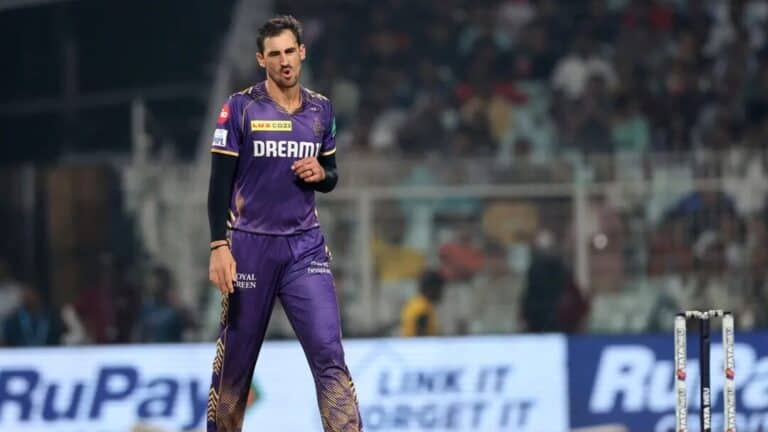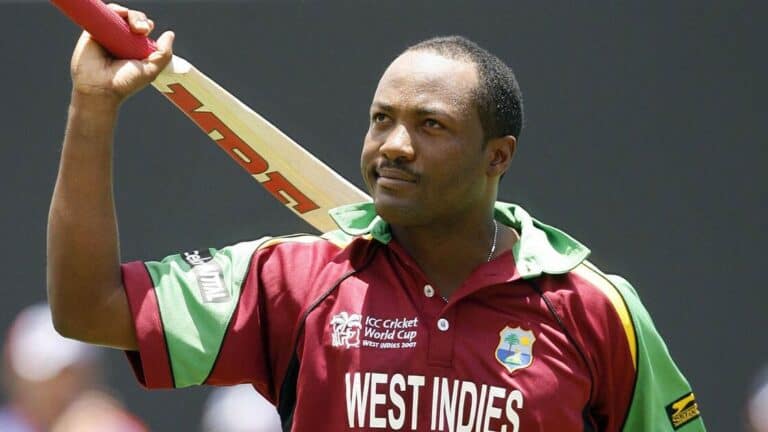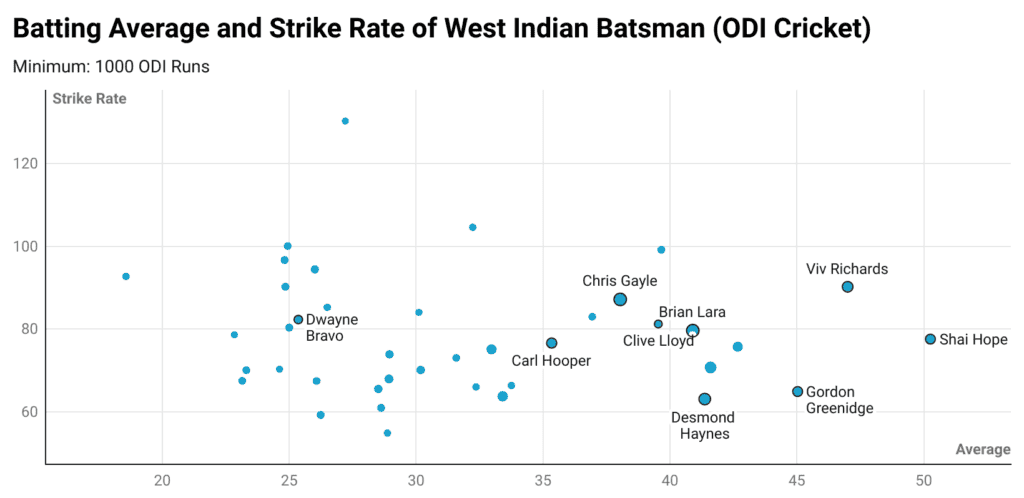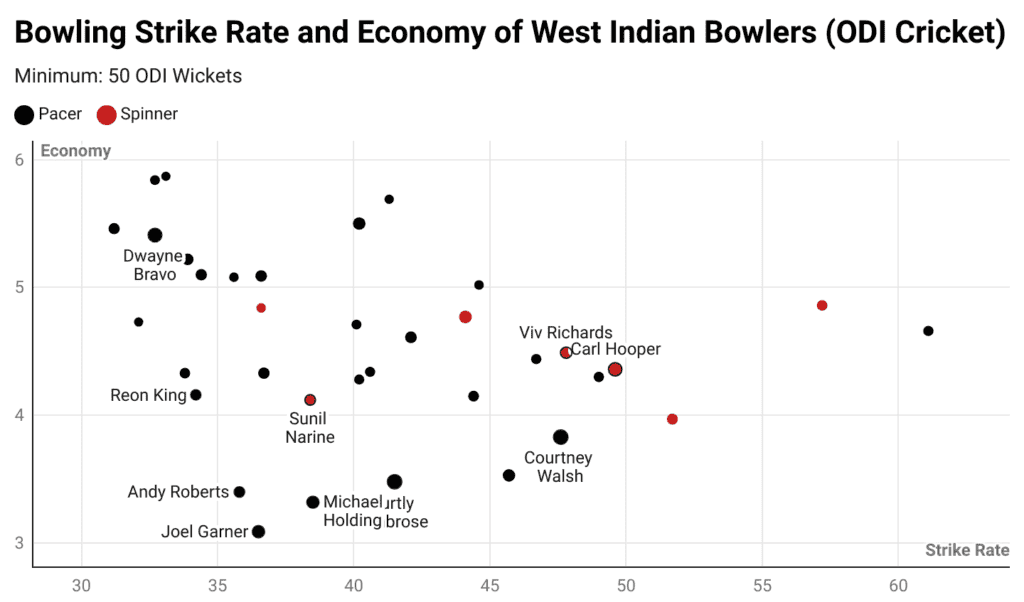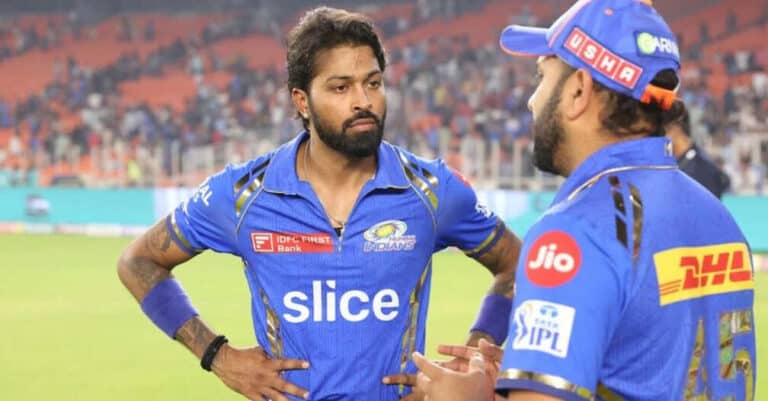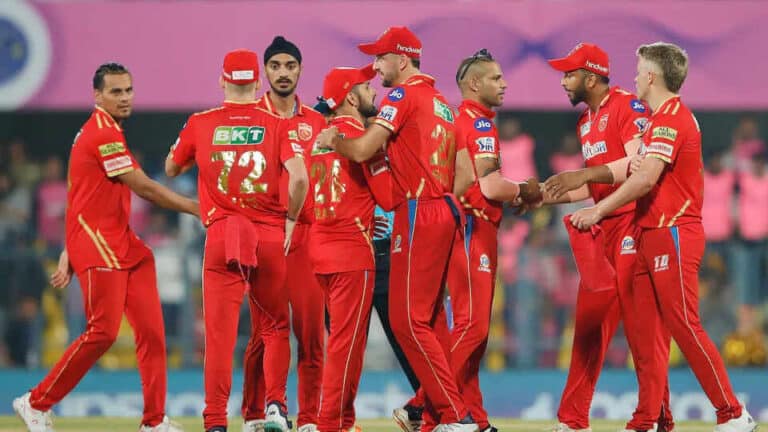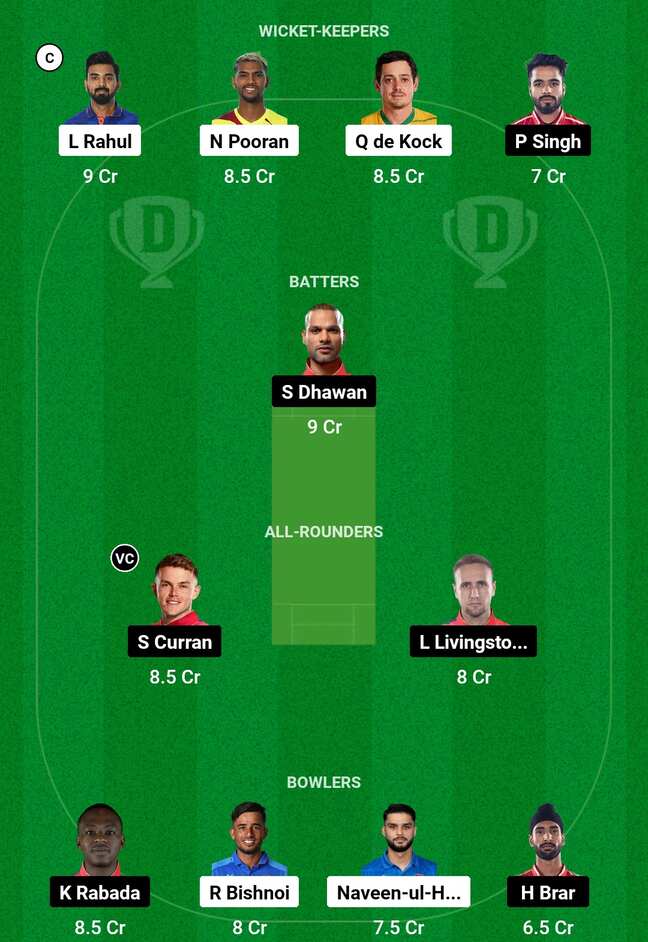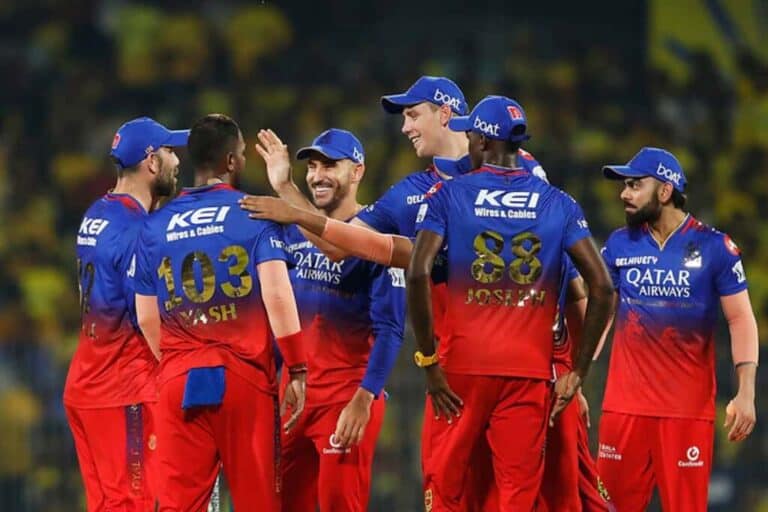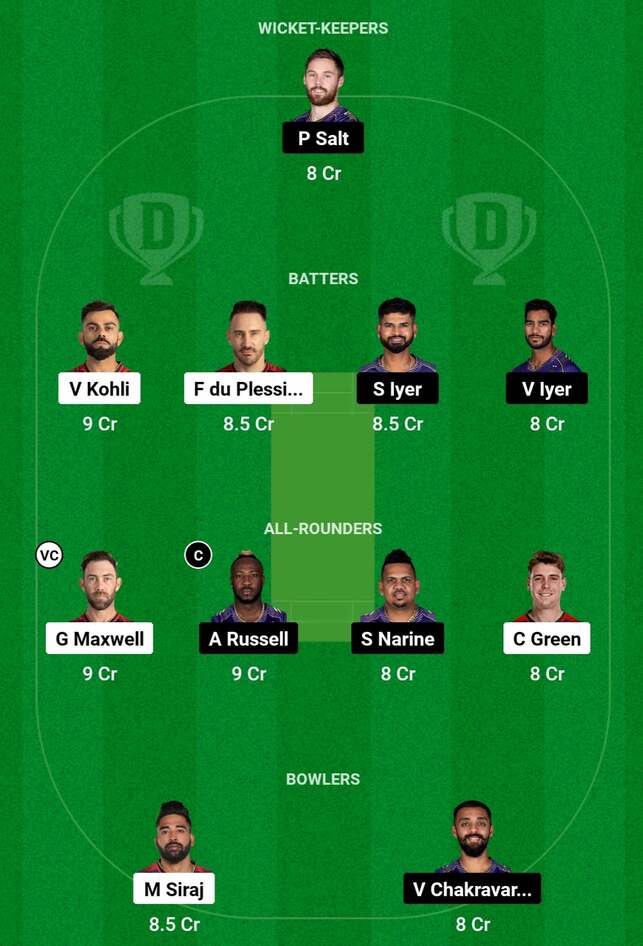The West Indian community’s past is entangled with phrases such as colonial dominance, social divisions, struggle for emancipation and many more, with each having a very specific sequence of events associated with them. Among these set of words, there also is, “the gentlemen’s game”, cricket.
Brought to the islands by the British army, cricket was a tool through which the English could control the cultural landscape of its colonies and westernise the island inhabitants (according to certain Victorian imperialists).
However, cricket’s meaning within the West Indian society changed as the years went by. Gradually, cricket became one of the few facets of the Caribbean where all the participating members possessed almost equal status, irrespective of colour. Still, there was the monopoly of the Wealthy within the Windies Cricket Board, which denied captaincy of the national team to any black man. Frank Worrell would eventually be the agent who would break down this dichotomy, and there was no better man than him for this venture.
Cricket soon became the major pursuit through which the Windies could express themselves on the international stage, and Lloyd’s men ensured that the entire world understood that the Windies were the undeniable best team in the sport. Though they were brilliant in the ultimate format, Lloyd and Co. were the first team to grasp the newer, shorter form of the game.
For the first two decades of the format, the Windies possessed a W/L ratio of 2.673, winning the first two cricket World Cups. Possessing the absolute best in literally all departments of the game, the future generation of the Windies found it hard to replicate the success of the preceding teams. However, individual sparks kept the dying train steaming on, with the 2004 Champions Trophy being the culmination of their valiant efforts.
However, it seems the train has lost more water than it could handle, with the Windies National side failing to qualify for the upcoming ODI World Cup. Given the circumstances within which cricket was christened in the Caribbean, this is far from the worst phase encountered by the Windies Cricket Community. Thus, with the hope that the Calypso Kings rise like the Phoenix once again, Clan For Gamers presents you with the Windies All Time ODI XI.
Gordon Greenidge
The original GG, Alec Bedser, once remarked that “the only modern-day batsman to play anything like Sir Don was Greenidge.”
- Innings: 127
- Runs: 5134
- Average: 45.03
- Strike Rate: 64.92
Well, first of all, Greenidge last played an ODI in 1991, 32 years ago! ODI cricket has undergone major changes during this period, including the scoring rates. To provide a better context for our readers, we have used the Z-Factor metric.
Greenidge’s adjusted numbers as an opener in the 2 ball era:
- Average: 50.47
- Strike Rate: 91.45
Well, these numbers do give a representation of why the majority considers him to be the best opener of his era (his partner Haynes is his biggest competitor in this debate, but more to that later).
Endowed with one of the best cut shots of all time, Greenidge’s scoring rates were rather unevenly spread across his career.
His first 8 50+ scores all came under a strike rate of 70, whereas 5 of his last 6 centuries came at a scoring rate in excess of 80.
The Pariah Bajan maintained a similarly splendid record in multinational tournaments, with him being the leading run scorer in the Windies’ second World Cup victory.
Like many other superstars of the 80s, Greenidge has less fond memories of the 90s, with him averaging 26.5 at a dismal strike rate of 46.74 across 12 games in the New World Order.
Shai Hope (WK)
Presumably, the most controversial pick of our All Time Series so far. To clear the air, we do objectively believe that if we were to rank all the Windies ODI openers, Chris Gayle and Desmond Haynes (more on them later) would have been placed above Hope. However, we have decided to go with the younger Hope due to the service he provides behind the gloves.
- Innings: 49 (As Opener)
- Runs: 2612
- Average: 60.74
- Strike Rate: 79.31
For context, Hope has an overall average of 50.26 in his career. The 2nd best average belonging to a Windies who has at least kept in 10 ODIs is 28.62, belonging to Jimmy Adams. All other popular Windies keepers, such as Dujon, Ramdin, and Jacobs, had a career batting average of 25 or less.
- Matches: 124
- Catches/Stumpings: 128/13
Although Hope’s sub-80 strike with respect to modern times is plainly stirring, only Subhman Gill possesses a better average while opening (min. 1.5K runs). Moreover, the supporting cast in Hope’s career so far is inarguably the weakest set of batters to have represented the Windies in ODIs.
The Windies batters (no. 1-7) have an average of 32.18 in the matches Hope has played. For context, Windies batters (no. 1-7) had an average of 36.28 in the matches Greenidge played.
To boot, Hope accounts for 23.17% of his team runs while opening, the highest for any opener ever.
Brian Lara
The Perennial Prince, Brian Charles Lara, moved around the batting order throughout his career, but his best came out at the number 3 position.
- Innings: 285
- Runs: 10348
- Average: 40.9
- Strike Rate: 79.62
Possessing one of the most talked about backlifts of the game, Lara had one of the best batting primes of the format.
Lara from 1992-98:
- Innings:119
- Runs: 5261
- Average: 49.63
- Strike Rate: 80.05
Within this period, Lara also led the Windies batting in the 92 and 96 World Cups and also held the number 1 ODI ranking from Feb 93-Nov 98, one of the few batsmen to have held the spot for more than 1000 days (consecutively).
Having come at a time of transition, Lara was one of the few pillars that had held Windies cricket together during alienatic tough situations and, at times, kept the ship sailing all by himself.
Lara also embodied this role of the Bohemian on the grand stage, scoring the highest (for Windies) in three out of the five world cups that he participated in.
He didn’t have an incredible repertoire as a leader, with his own batting declining during his captaincy stint; however, he did lead Windies to the 04 Champions Trophy, the side’s only international ODI achievement in the last 33 years.
Viv Richards
Arguably the greatest batsman of the format, the best way to start off is by presenting you with Smokin Joe’s adjusted average and strike rate in the 2-ball era (stats for positions 1-7 were considered): Average: 53.77 Strike Rate: 114.51
- Matches:187
- Runs: 6721
- Batting Average: 47.0
- Batting Strike Rate: 90.2
- Wickets: 118
- Bowling Average: 35.83
- Economy: 4.49
- Bowling Strike Rate: 47.8
Viv ticks most, if not all, of the relevant metrics that cricket fans across the world use to rate and differentiate batsmen across eras in the ODIs
- Longevity?– 187 games spread across 17 years, with him playing 89.9% of the matches available in this period
- World Cup Record/ Big Match Stats?– 1013 runs @63.31 with a strike rate of 85.05 across 4 World Cup editions, including a century in the 79′ World Cup final.
- Ability to perform across all conditions?- 40+ average and 80+ strike rate in all the countries he played in(7) except his home conditions, where his numbers were 805 runs @36.59 at 94.26.
- Performance against all the opponents that he faced?- 40+ average and 80+ strike rate against all the teams he faced except Pakistan, against whom his numbers were 1,079 runs @30.82 at 92.22, and Zimbabwe, against whom he got a single innings.
- A prime that can make anyone gape?- Richards, from 1979-85, scored 4049 runs in just 94 games at an average of 57.84, that too while striking at 90.02.
Apart from the above accolades, Sir Issac also picked up 118 wickets, was one of the finest fielders of his time (inflicted 3 run outs in the 75 World Cup final), and had the 6th best winning percentage (63.81%) as a captain (min. 50 matches).
Clive Lloyd (C)
The four-eyed SuperCat from Guyana, it might seem odd to some that a batsman with less than 2K runs makes it into the all-time Windies side. Well, we have our set of reasons.
First, it makes more sense to gauge longevity through the number of matches rather than the number of runs.
- Innings: 69
- Runs: 1977
- Average: 39.54
- Strike Rate: 81.22
Now, it’s true that 87 matches isn’t much, but one also needs to consider the fact that ODIs used to be played much more sporadically during the red ball era compared to current times.
For context, Lloyd played 89 out of the 91 matches that the Windies played between his debut and last match.
Moreover, Lloyd’s competition for the spot was extremely thin, with the premier competitor, Ramnaresh Sarwan, playing only 11 more innings than Lloyd across positions 4,5 and 6.
Even though he was more renowned for his captaincy prowess, Lloyd was an integral part of one of the best batting sides of all time.
Often having the platform laid out by the Windies’ Top 3, Lloyd made sure to make the most out of it, with 5 out of his 12 50+ scores coming at a scoring rate over 100, including a century in the inaugural World Cup final.
Manoeuvring one of the heaviest bats of that time, Lloyd’s brutish bat swing perfectly contrasted the air of ataraxis surrounding his captaincy. He did have his share of critics, but none of them could deny the fact that Lloyd is statistically the most successful ODI captain, justified by his winning percentage of 77.71 being the highest for any ODI captain (min. 30 matches).
Carl Hooper
Listed by Wasim among the toughest batsman he bowled to, other great bowlers of the 90s, such as Shane Warne, shared similar sentiments on Carl Hooper.
Regarded by the majority of Kent fans to be their finest import, it’s a tragedy that Hooper’s international average stood at 35.90.
- Matches: 227
- Runs: 5761
- Batting Average: 35.34
- Batting Strike Rate: 76.63
- Wickets: 193
- Bowling Average: 36.05
- Economy: 4.36
- Bowling Strike Rate: 49.6
Standing at well over 6 feet, with broad shoulders and tall limbs and arms, Hooper was quite the physical specimen (as were other fellow Windies teammates), and he made full use of these gifts in the cricketing field.
Usually rocking back and playing the ball late against the pacers, Hooper would make great use of his feet against the spinners, often sending fireballs down the ground like future Windies superstars Gayle and Pollard.
Whereas it was more natural elegance when it came to the batting department, Hooper relied on tactical astuteness with the ball mixing-up flighted lollies with 100+ kmph yorkers.
Unfortunately, his bowling degraded over the years, with his last 83 wickets coming at @44.07 in contrast to his first 110 wickets, which came at @30. However, his batting followed the opposite trend. Hooper scored runs @28.64 with a strike rate of 68 for the first 7 years of his career, whereas for the remaining 10 years, his average shot up to 41.20, with the scoring rate improving to a respectable 82.37.
Apart from contributing with both bat and bowl, Hooper was also the best fielder of his side, making the best use of his enormous wingspan generally at the slips.
Dwayne Bravo
Although Bravo’s exploits at no. 7 specifically aren’t inspiring; we decided to slot him in this bridging position as there seemed to be no one else who was able to somewhat balance both batting and bowling over his career.
- Matches: 164
- Runs: 2968
- Batting Average: 25.36
- Batting Strike Rate: 82.30
- Wickets: 199
- Bowling Average: 29.51
- Economy: 5.41
- Bowling Strike Rate: 32.7
The 3rd highest ODI wicket-taker for his nation, Bravo is more renowned for his exploits in T20 leagues across the world, but one needs to keep in mind the first official Twenty-Twenty match was played less than 12 months before DJ made his international debut.
A much more capable batsman than the latter half of his professional career suggests, Bravo has struck centuries coming at number 3 and 5, but he has been slotted at number 7 with respect to his fellow teammates’ qualms and needs. (Fun fact: DJ Bravo has more test centuries in Australia than the combined haul of Chanderpaul, Root, and Sangakkara.)
One of the first images induced in our mind when the word slower balls pops out is the everso-smooth bowling action of Bravo, accompanied by his gold chain swaying left and right. It felt as if Bravo had 6 different types of slower bowls to throw at the batsman, and deception was a skill which Bravo had to add to his armoury, given the lack of pace accompanied by the job of managing the death overs being thrust to him right away from his debut. DJ picked up 82 wickets in the overs 41-50, accounting for a massive 41.2% of his total career wickets.
Joel Garner
Big Bird Joel may have been the slowest amongst the various fearsome bowlers who came out of the Caribbean Islands during the Golden Era, but when it came to bowling milestones, he outraced his peers.
- Matches: 98
- Wickets: 146
- Average: 18.84
- Economy: 3.09
- Strike Rate: 36.5
Possessing one of the highest release points, Garner handily mixed up his bouncers and yorkers, forcing the batsman to look after their heads and toes in addition to their wicket. Statistically, Garner has one of the most well-rounded resumes in ODI bowling, much like our no.3 in this XI, barring the said immortality of longevity.
To give some context to how Garner’s ODI numbers transcend eras, here are his era adjusted numbers (with respect to all bowlers) since October 2011.
- Adjusted Average: 20.92
- Adjusted Economy: 4.0222
- Adjusted Strike Rate: 31.24
For context, only Saeed Ajmal has a non-adjusted better average in this period, and no one has a better economy.
Playing for one of the greatest international sides, Garner’s best days on the field often got overshadowed, such as his fifer in the 1979 World Cup final, where a pair of kings stole the show. However, he received his flowers in the white-ball game, often being lauded as one of the first bowlers to have properly mastered the new format. Garner remains one of the premier players who I would have loved to see play in the T20 era.
Curtly Ambrose
Garner’s ironic custom of getting eclipsed continued into his retirement when the major buzz surrounding the Windies’ pace contingent was the debut of yet another tall (6′ 7), lanky pacer from Antigua rather than Big Bird leaving.
- Matches: 176
- Wickets: 225
- Average: 24.12
- Economy: 3.48
- Strike Rate: 41.5
Sir Curtly Ambrose’s first love in the sports realm was Basketball, however, a late growth spurt backed by his cricket-fanatic mother pushed him towards the 22 yards and the graph kept on rising from there. Possessing a lot of similarities with Joel Garner, the statistical measure in which Ambrose too stood out was his economy rate of 3.48.
Ambrose has the 4th best economy rate amongst all bowlers in ODIs (min. 100 wickets).
Reigning over the 7-8m region of the pitch, Ambrose’s consistent barrages kept world-class batters in check for over 13 years in ODIs, and he was specifically terrific for the first 4 years of his career, picking up his first 100 wickets at an average of 18.88.
And one can’t write about Ambrose without mentioning his lethal yorkers off, which he developed a vicious slower variation in his later years.
With Ambrose, Garner, and Bravo playing for the same team, one can only wish good luck to the opposition’s toes.
Michael Holding
Possessing one of the coldest nicknames in sports history, the “whispering death” prefers the red ball over the white counterpart, but even he can’t deny the impact he had in the ODI circuit over his 102-match career.
- Matches: 102
- Wickets: 142
- Average: 21.36
- Economy: 3.32
- Strike Rate: 38.5
Terrorising all the 7 opponent teams he faced in ODIs, Holding’s 25-pace run-up instigated agitation like no other in his opponents. Bowling consistently within a 4-pacer attack, Holding took the new ball for the majority of his career but later shifted to be the first change when Garner and Marshall reached their peak.
Nonetheless, he was successful with both roles; in fact, his most prolific ODI years were 1984 and 85, a period when Holding was juggling between the two tasks. Often said to have not bowled with 100% of his maximum speed in order to preserve his body, Holding did step up in World Cups, picking up his 20 World Cup @17.05 with an absurd economy of 2.94. Surprisingly, Holding also has 2 fifties, which came with a strike rate of over 150!
Andy Roberts
The original hitman, Andy Roberts, is the third member of the Four Horsemen to feature in our XI. You might not have expected a bowler with less than 100 ODI wickets to make it into his country’s all-time XI, but we have our reasons, and we have listed Andy’s 2 biggest competitors later in the article.
- Matches: 56
- Wickets: 87
- Average: 20.35
- Economy: 3.40
- Strike Rate: 35.8
The founding member of the “Four Horsemen of Apocalypse”, Andy played in an era where ODIs were in their infancy but managed to create an impact on the format, despite often having to share the spoils with fellow horsemen members.
Considering the first 10 years of ODIs, Andy had the third-most wickets in the world, which he picked up at an average of 20.36, the 3rd best in this period (min. 25 wickets).
Despite standing at 6′ 2, Roberts was hardly amongst the tallest pacers of his side, but his bouncers were one of the most effective deliveries in 148 years of international cricket.
What made them so lethal was the fact that Andy possessed two types of bouncers. The only differentiating factor was the pace, with zero fluctuation in his nonchalant action. This made it next to impossible for the opposition batsmen to pick if the ball was to be hooked into the stands or if they should exert their full efforts into saving their jaw.
He played in 3 World Cups and went to the finals each time. The grandest stage accounted for 31.034% of his total ODI wickets.
Honourable Mentions
Gayle and Haynes: The highest and 4th highest run-getter for the Windies in ODIs, both Gayle and Haynes accounted for a combined 38 years in ODIs! Both of them were deemed as attacking dashers at the top but turned out to be more of anchors in the 50-over game. Well, we have already addressed why Hope was picked above both of them, let’s move onto Greenidge.
Following are the adjusted stats of the 3 in the two-ball era (Adjusted with respect to the top 7 batsmen).
- Gayle Adjusted Average/Strike Rate: 38.61/91.41
- Haynes Adjusted Average/Strike Rate: 44.45/84.90
- Greenidge Adjusted Average/Strike Rate: 50.47/91.45
As you see, Greenidge has an edge over the other two under this metric. Moreover, Greenidge also possesses the better overall resume out of the 3.
In addition to the huge difference in the above statistic, Gayle averaged below 35 against Australia, South Africa, Pakistan, and Sri Lanka.
Gayle was indeed effective with his bowling, being the 5th highest wicket-taker of his nation, but our team has Hooper and Richards to fill the duties of a 6th bowler.
Greenidge-Haynes is one of the most prolific partnerships in ODIs, scoring 5206 runs at an average of 52.58. We went with the former due to Haynes’s below-par performance away from home.
Haynes scored 2573 ODI runs in the West Indies with an average of 67.71 and a strike rate of 78.02, but in away matches, the average dropped to 35.53, and the scoring rate plummeted to 58.36.
Walsh and Narine: Two players with contrasting legacies when it comes to international cricket, let’s address Duracell first. The highest wicket-getter for Windies in the format, it might sound baffling how Andy, with 87 wickets, was picked ahead of Walsh, with 227.
Courtney’s bowling average of 30.48 proved to be the major reason for the axing, backed by his horrific performances against Australia, England, and South Africa, with Walsh averaging around 45 against each of them.
Sunil Narine, a T20 icon, had an underrated limited-overs international career. He played ODIs for only 6 years, but in this period, he picked 92 wickets @26.47. Overall, he was no match for Andy Roberts, though we felt he deserved a mention as he is the nation’s best spinner in this format.
A special mention to Reon King, too, who took his 76 ODI wickets at an average of 23.78 from 1998-2005.
West Indies All Time ODI XI is
- Gordon Greenidge
- Shai Hope (WK)
- Brian Lara
- Viv Richards
- Clive Lloyd (C)
- Carl Hooper
- Dwayne Bravo
- Joel Garner
- Curtly Ambrose
- Michael Holding
- Andy Roberts
12th Man: Chris Gayle
Extras: Courtney Walsh, Desmond Haynes and Sunil Narine

